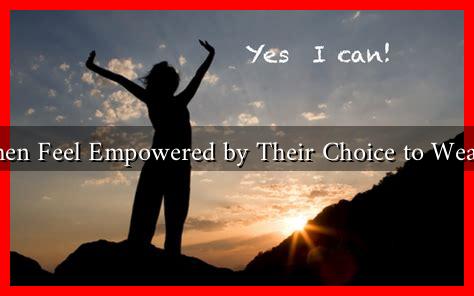-
Table of Contents
Do Women Feel Empowered by Their Choice to Wear a Veil?
The choice to wear a veil is a deeply personal decision for many women around the world. While some view it as a symbol of oppression, others see it as a form of empowerment and self-expression. This article explores the complexities surrounding the choice to wear a veil, examining cultural, religious, and personal dimensions that contribute to women’s feelings of empowerment or disempowerment.
The Cultural Context of Veiling
Veiling practices vary significantly across cultures and religions, influencing how women perceive their choice to wear a veil. In many Islamic cultures, the hijab, niqab, or burqa is worn as a sign of modesty and religious devotion. However, the interpretation of these practices can differ widely:
- Religious Significance: For many Muslim women, wearing a veil is an act of faith and a way to connect with their spirituality.
- Cultural Identity: In some communities, veiling is a cultural tradition that signifies belonging and identity.
- Political Statement: In certain contexts, wearing a veil can be a form of resistance against Westernization or political oppression.
Understanding these cultural nuances is essential to grasping why some women feel empowered by their choice to wear a veil, while others may feel constrained by societal expectations.
Empowerment Through Choice
For many women, the decision to wear a veil is rooted in personal agency. The empowerment derived from this choice can manifest in various ways:
- Autonomy: Choosing to wear a veil can be an assertion of control over one’s body and identity.
- Self-Expression: Women often use veiling as a means to express their individuality, selecting styles and colors that reflect their personality.
- Community and Solidarity: Wearing a veil can foster a sense of belonging among women who share similar beliefs and values.
Case studies have shown that women who choose to wear a veil often report feelings of empowerment. For instance, a study conducted by the Pew Research Center found that 62% of Muslim women in the U.S. who wear a hijab feel it is an important part of their identity and a source of pride (Pew Research Center, 2017). This highlights the significance of personal choice in the empowerment narrative.
The Counterargument: Perceptions of Oppression
Despite the empowerment narrative, there are valid concerns regarding the societal pressures that can accompany veiling. In some cases, women may feel compelled to wear a veil due to familial or societal expectations rather than personal choice. This can lead to feelings of disempowerment:
- Coercion: In certain cultures, women may face pressure from family or community to conform to veiling practices.
- Stigmatization: Women who choose not to wear a veil may face social ostracism or discrimination.
- Misinterpretation: The veil can be misinterpreted as a symbol of oppression by those outside the culture, leading to further marginalization of women who wear it.
These factors complicate the narrative of empowerment, suggesting that the choice to wear a veil is not universally liberating and can be influenced by external pressures.
Conclusion: A Complex Tapestry of Choice
The question of whether women feel empowered by their choice to wear a veil does not have a one-size-fits-all answer. It is a multifaceted issue shaped by cultural, religious, and personal factors. While many women find empowerment in their choice to wear a veil, others may experience feelings of constraint due to societal pressures. Ultimately, the key takeaway is the importance of respecting individual choices and recognizing the diverse experiences of women across different contexts.
As society continues to engage in discussions about women’s rights and autonomy, it is crucial to listen to the voices of women themselves. Their experiences and perspectives can provide valuable insights into the complex relationship between veiling and empowerment.
For further reading on this topic, you can explore resources from organizations like Women’s Rights Advocacy and the Pew Research Center.


